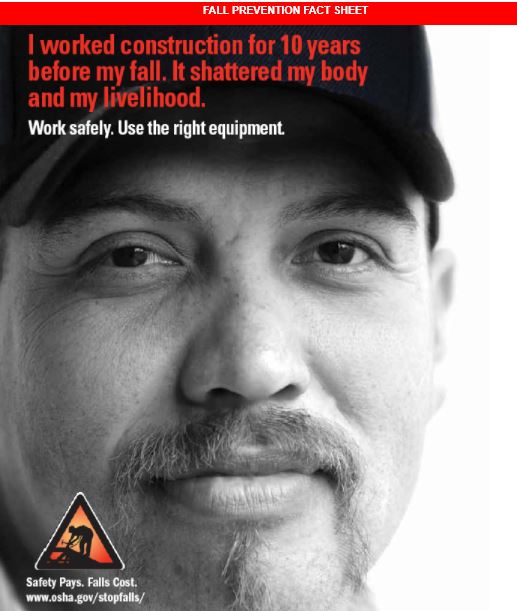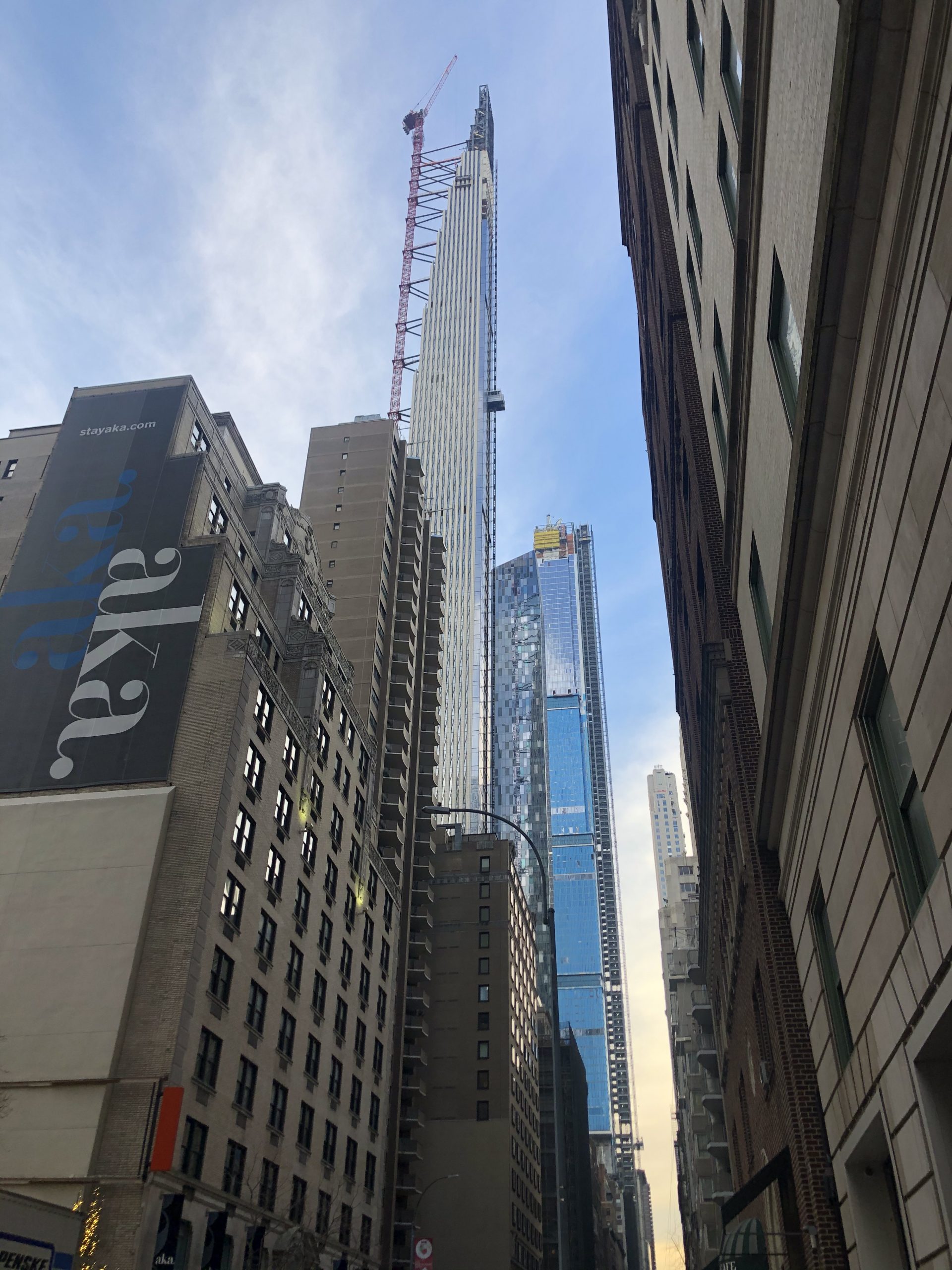How to use ANSI/ASSP Z359 Standards to prevent falls on construction sites?
 The American National Standards Institute (ANSI) was created in 1918. Its goal was to standardize various manufacturing, engineering or safety processes. The first project focused on pipe thread sizes. In 1992, ANSI developed the “ANSI/ASSE Z359.1 American National Standard” for personal fall arrest systems in non-construction occupations. This standard was revised and improved significantly since it was released and has become a worldwide reference while designing and testing the performance of products and techniques used by construction workers while working at heights.
The American National Standards Institute (ANSI) was created in 1918. Its goal was to standardize various manufacturing, engineering or safety processes. The first project focused on pipe thread sizes. In 1992, ANSI developed the “ANSI/ASSE Z359.1 American National Standard” for personal fall arrest systems in non-construction occupations. This standard was revised and improved significantly since it was released and has become a worldwide reference while designing and testing the performance of products and techniques used by construction workers while working at heights.
This Afternoon at 2:00 pm ET and ahead of the National Safety Stand-Down to Prevent Falls, the Center for Construction Research and Training is hosting a free webinar with members of the ANSI Z359 Accredited Standards Committee. The webinar will be a Q&A panel during which participants will learn tips and techniques to use the ANSI/ASSE Z359 standards on construction sites and protect workers from fall. (click here to register for the event and send your questions to the panel).
While adhering to the ANSI/ASSE Z359 standards is voluntary, those who do so are keeping up to date with the most recent findings related to protecting workers from falls. Very often regulators such as OSHA are referring to ANSI standards to develop regulations.
 New York Personal Injury Attorneys Blog
New York Personal Injury Attorneys Blog











